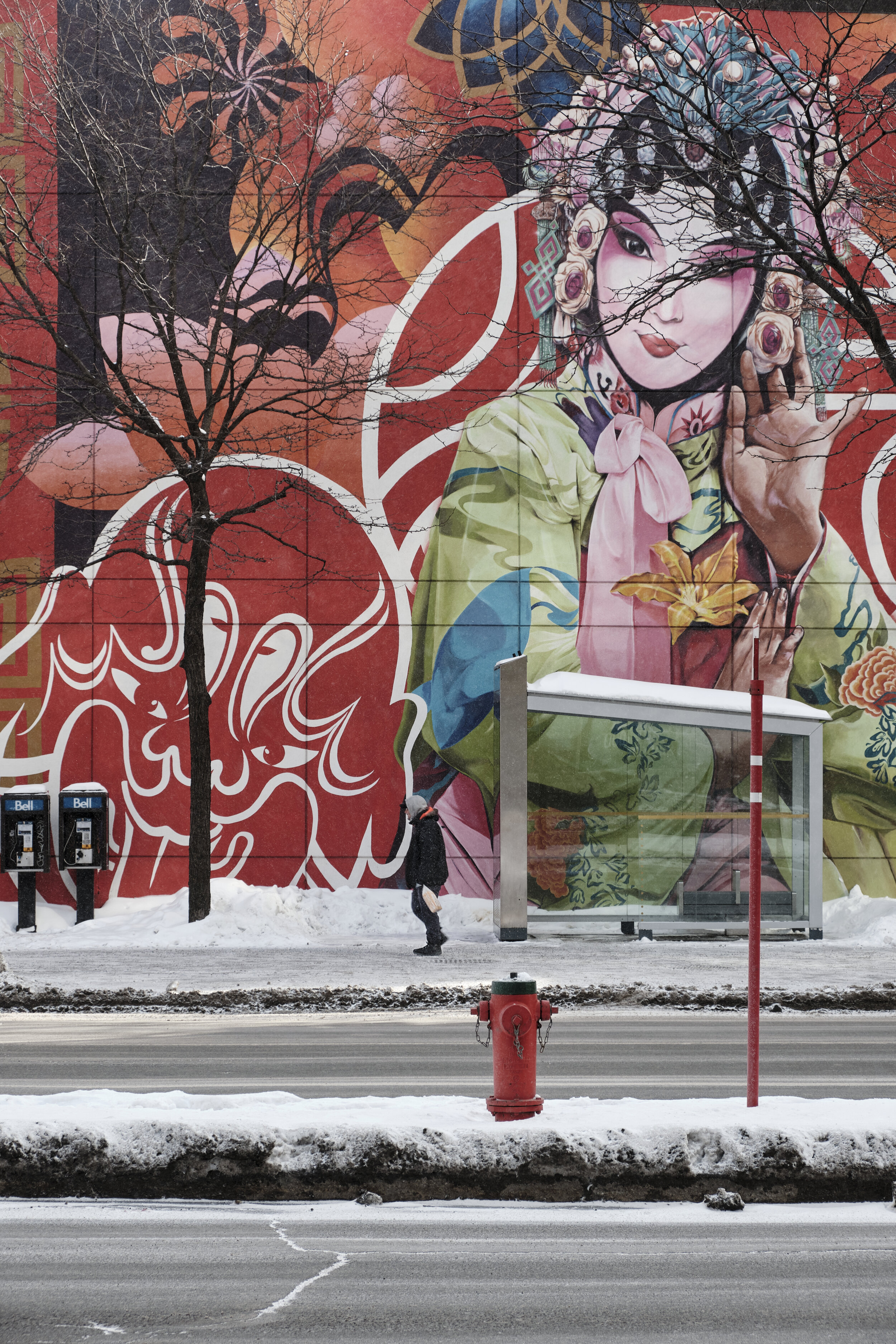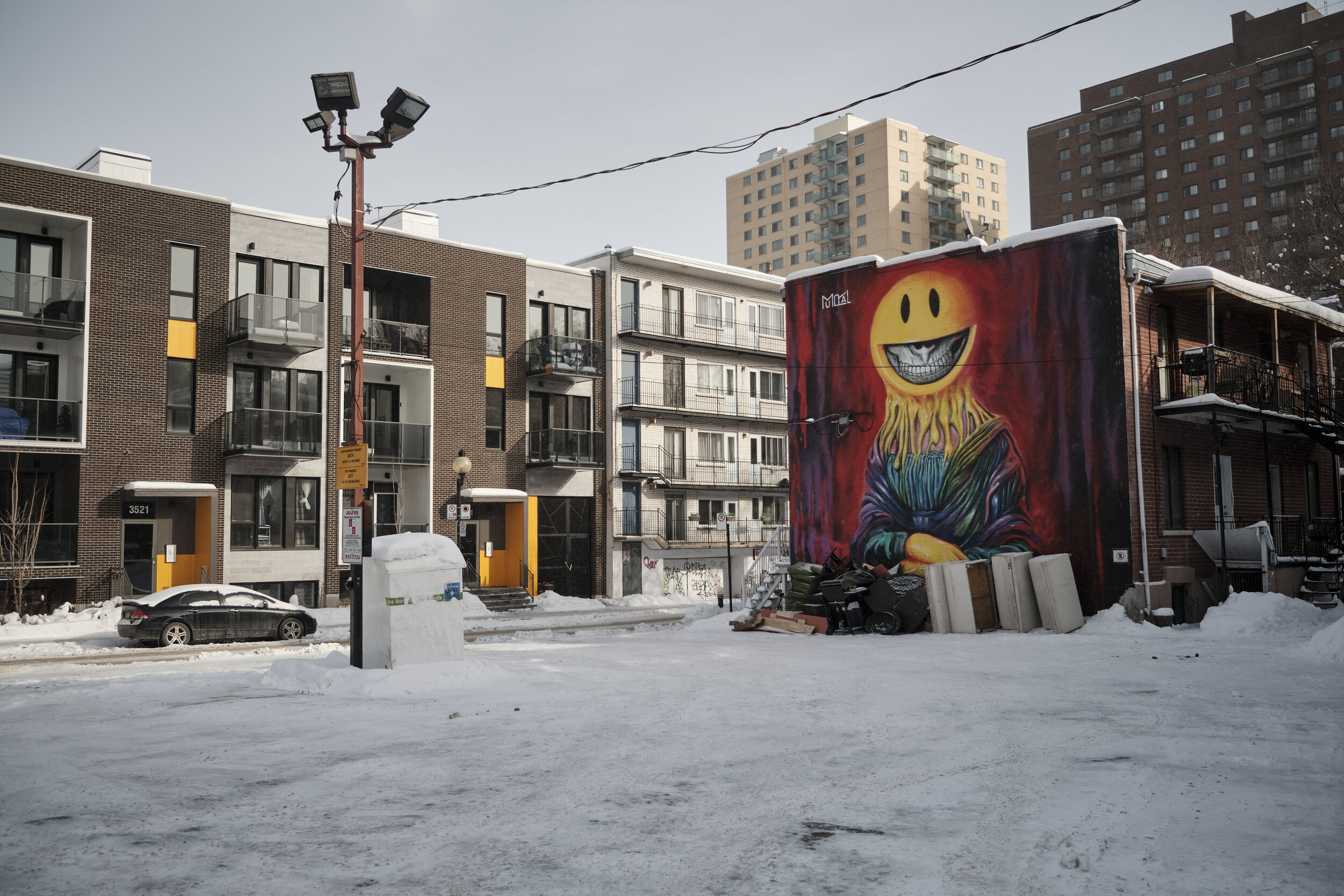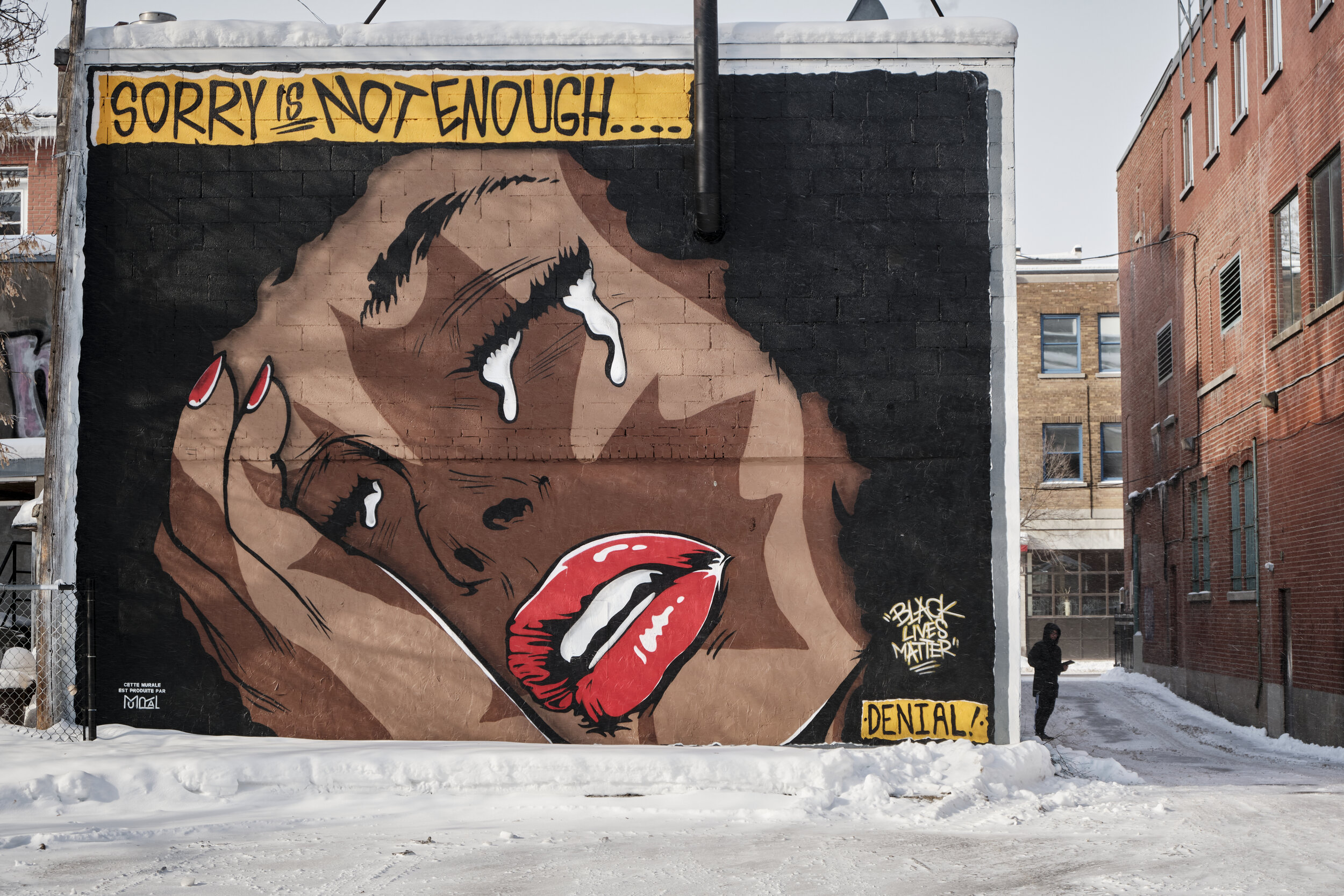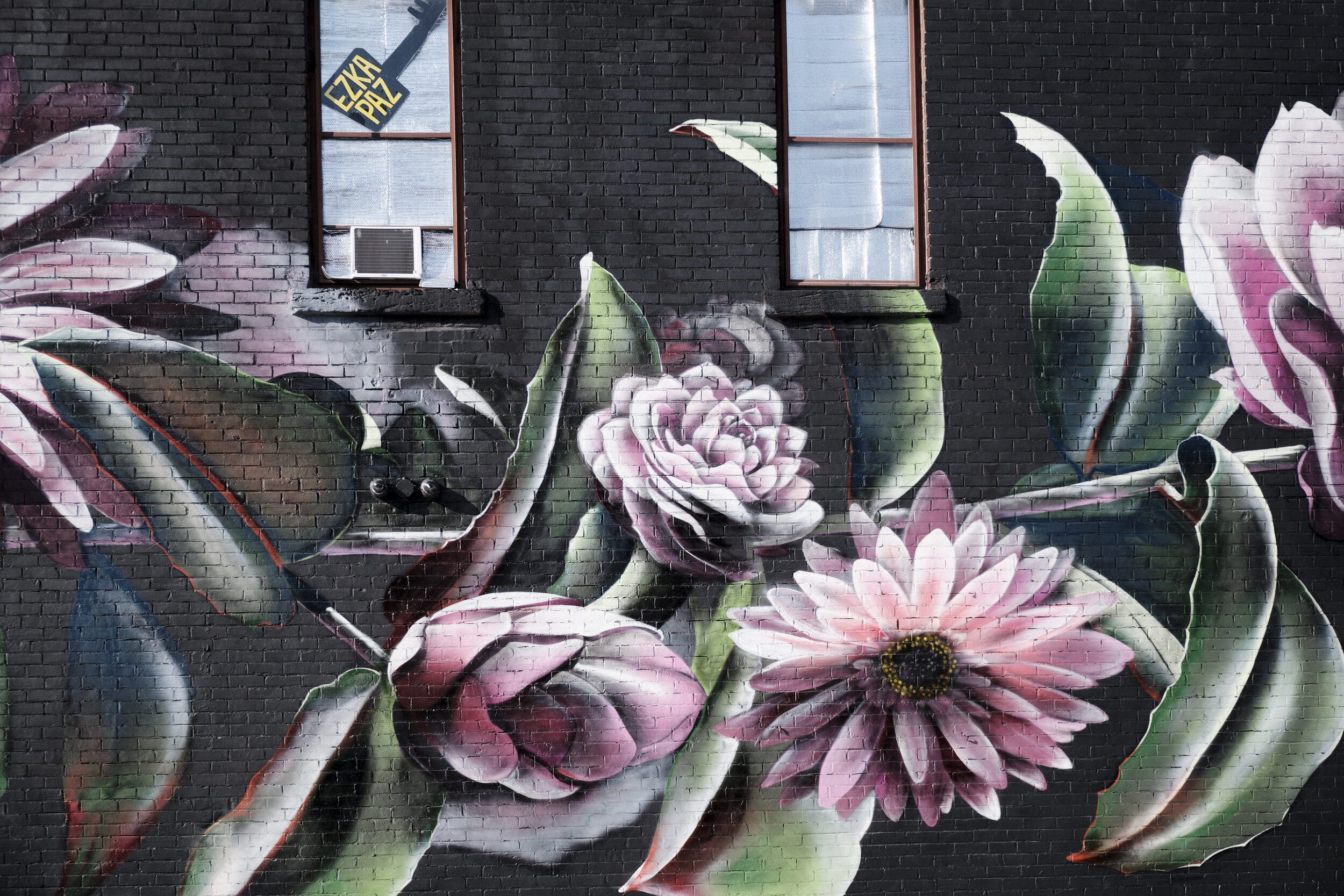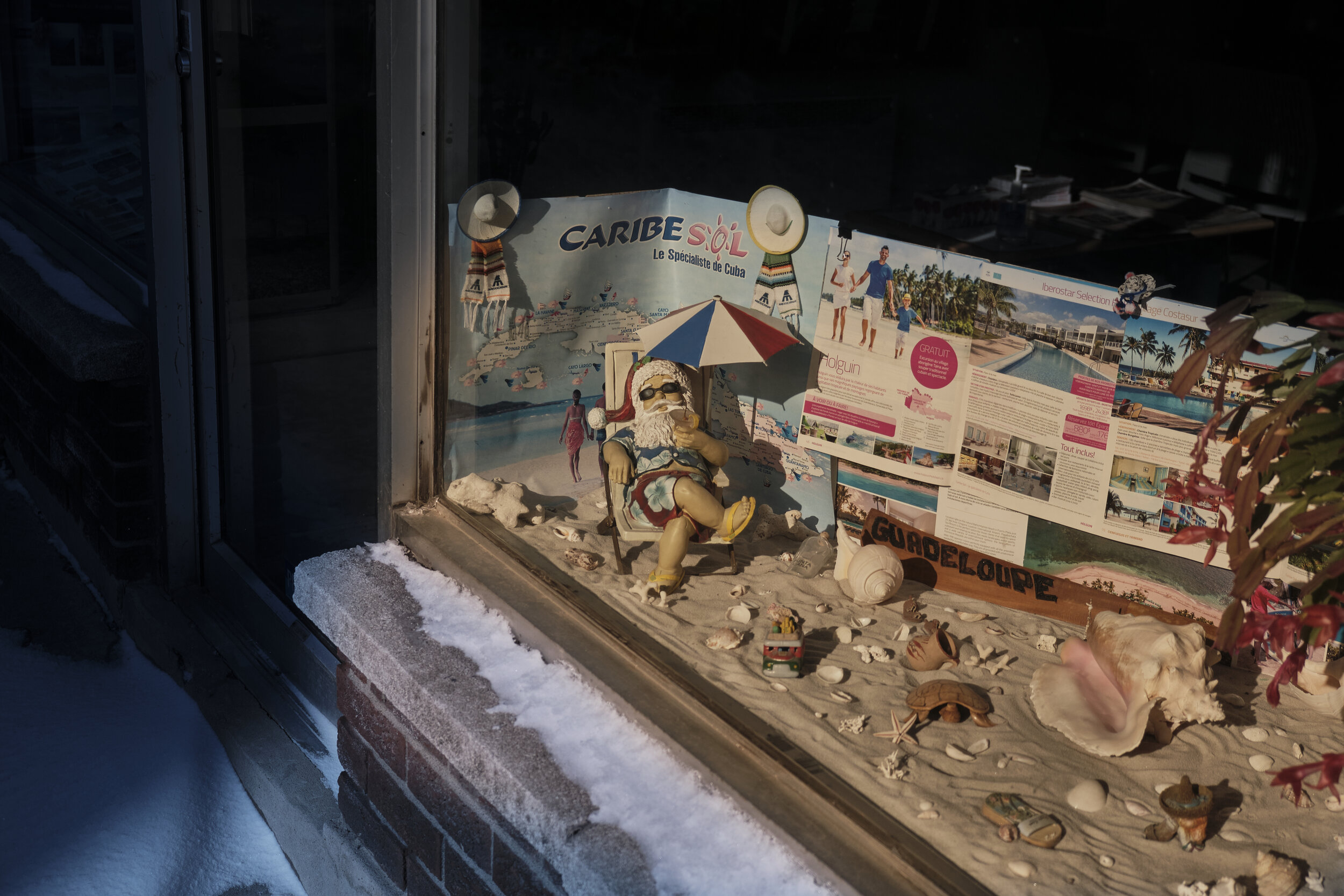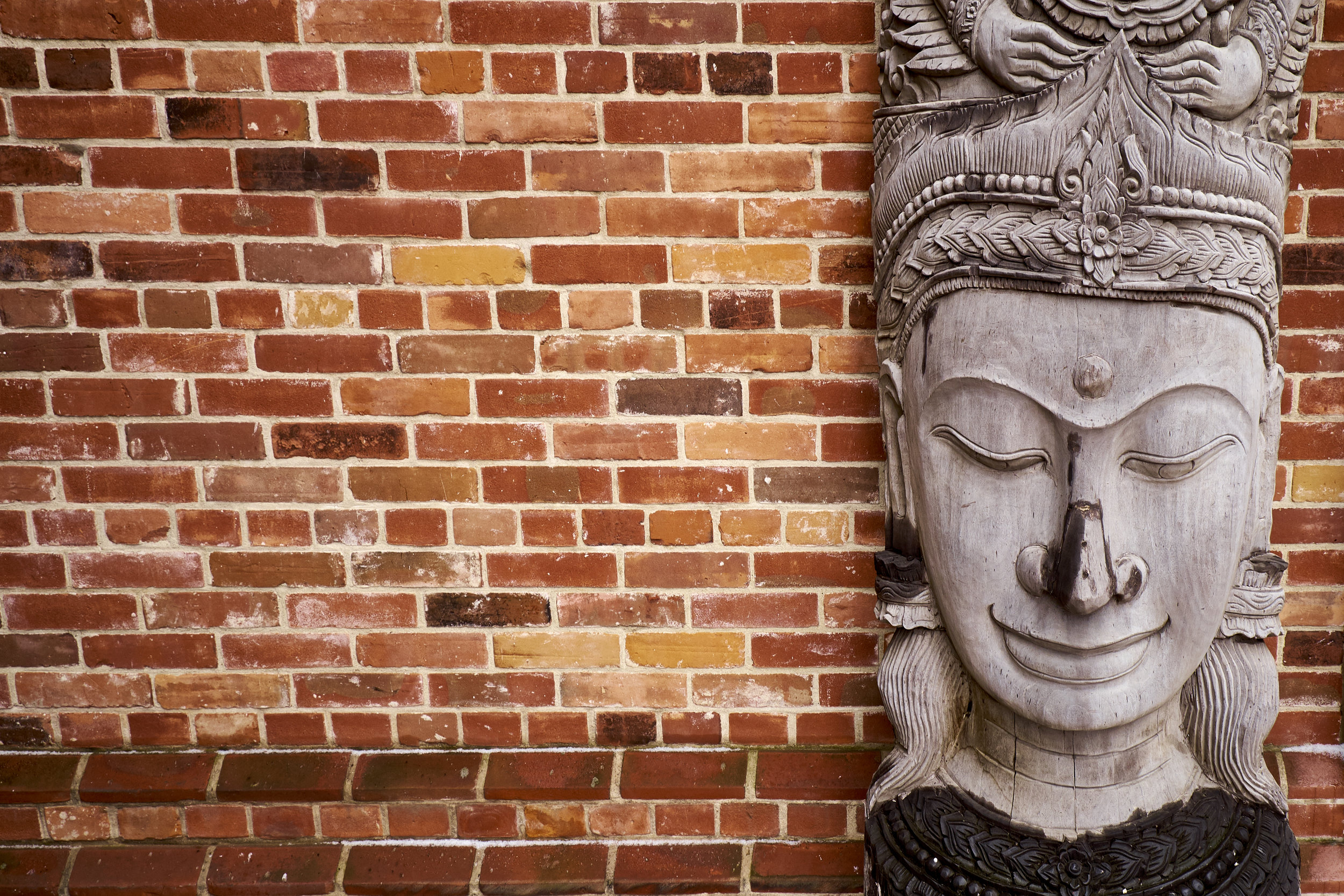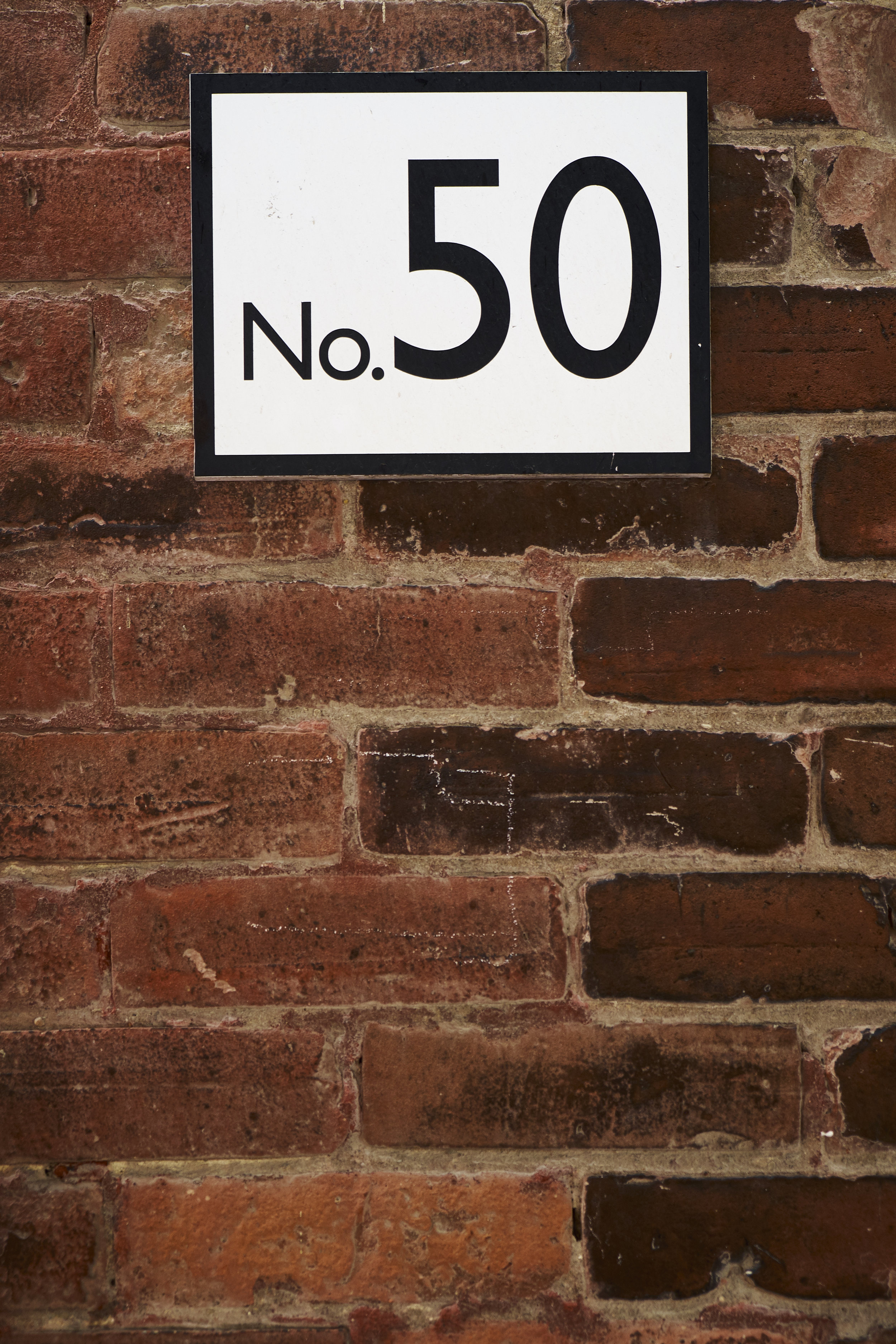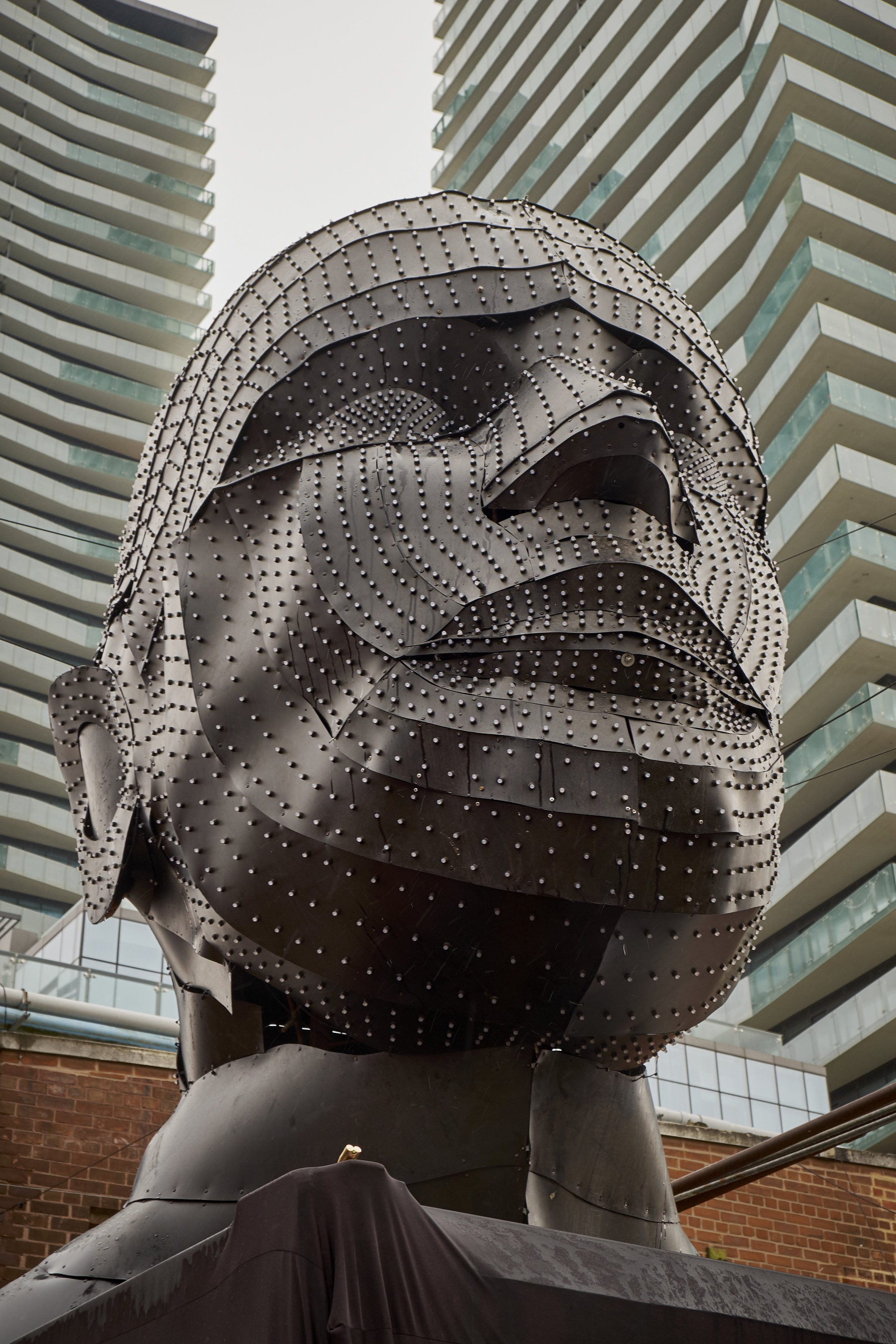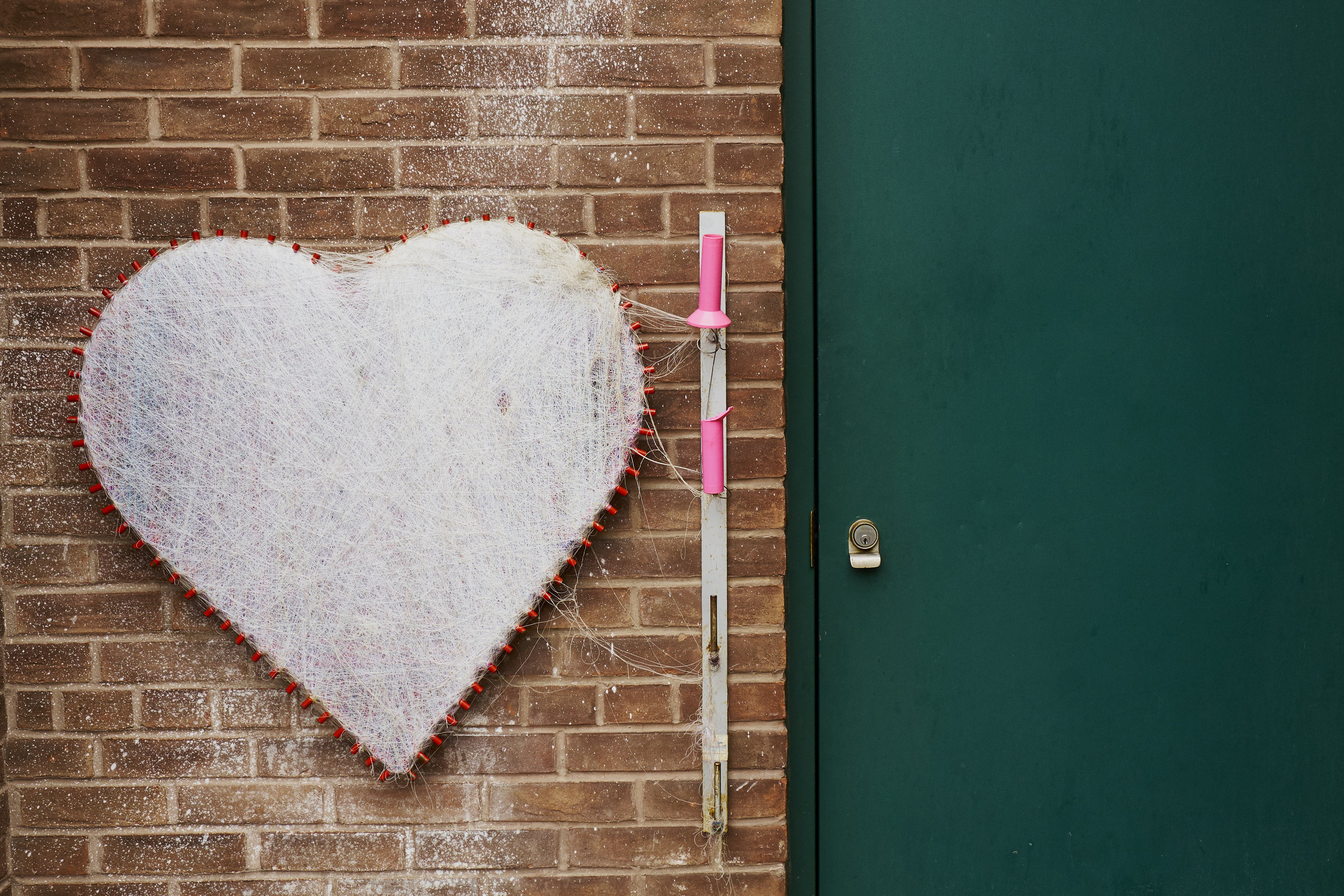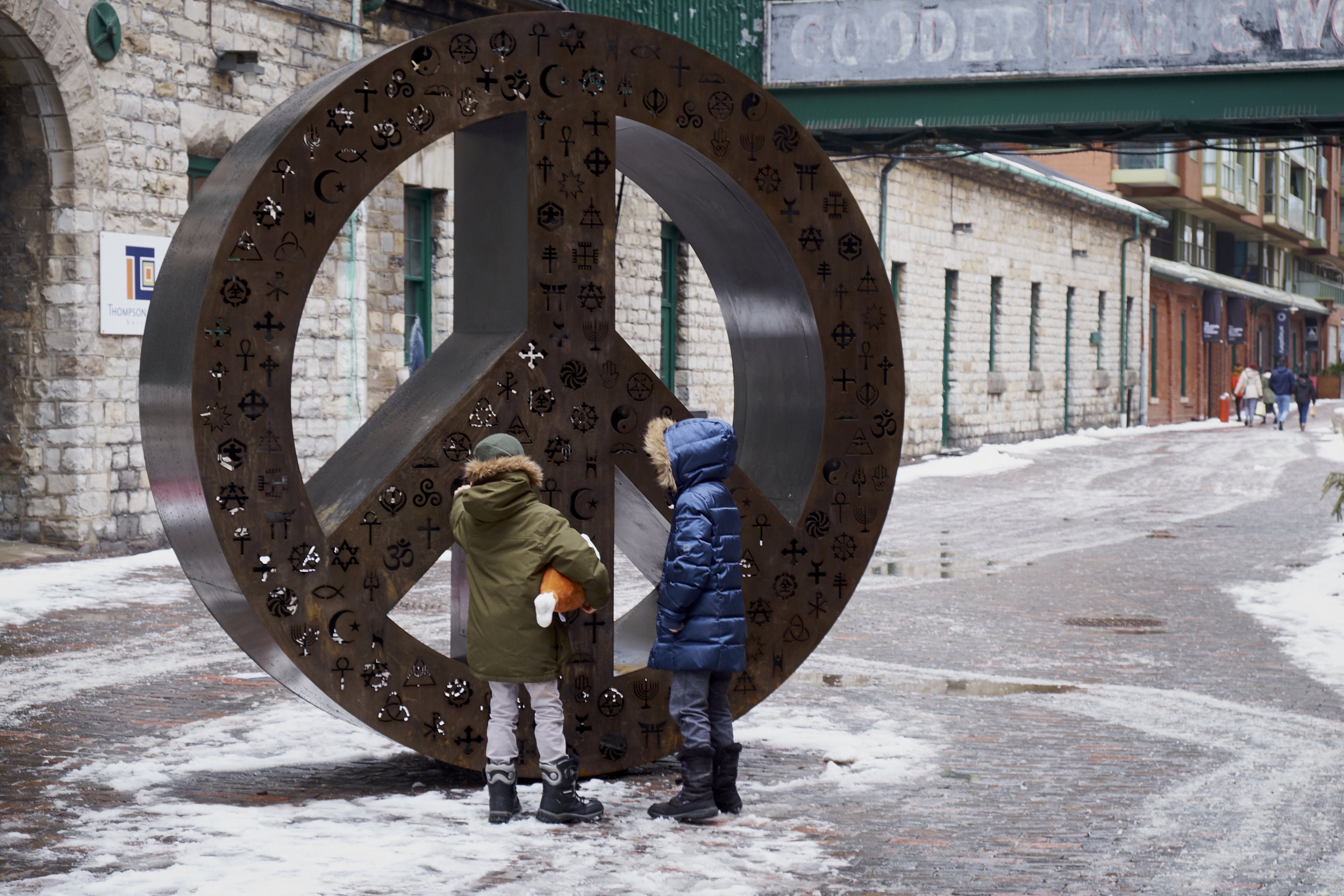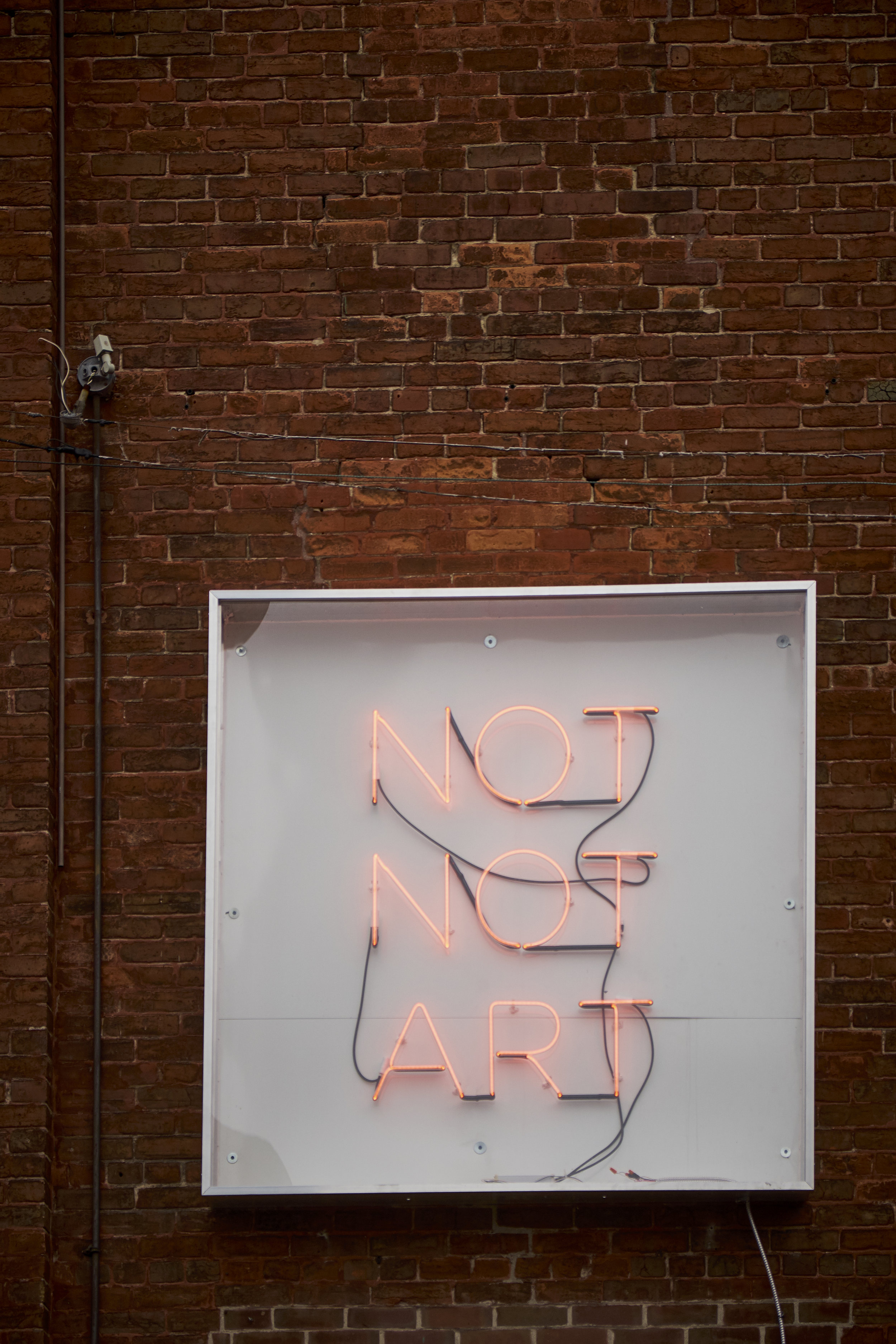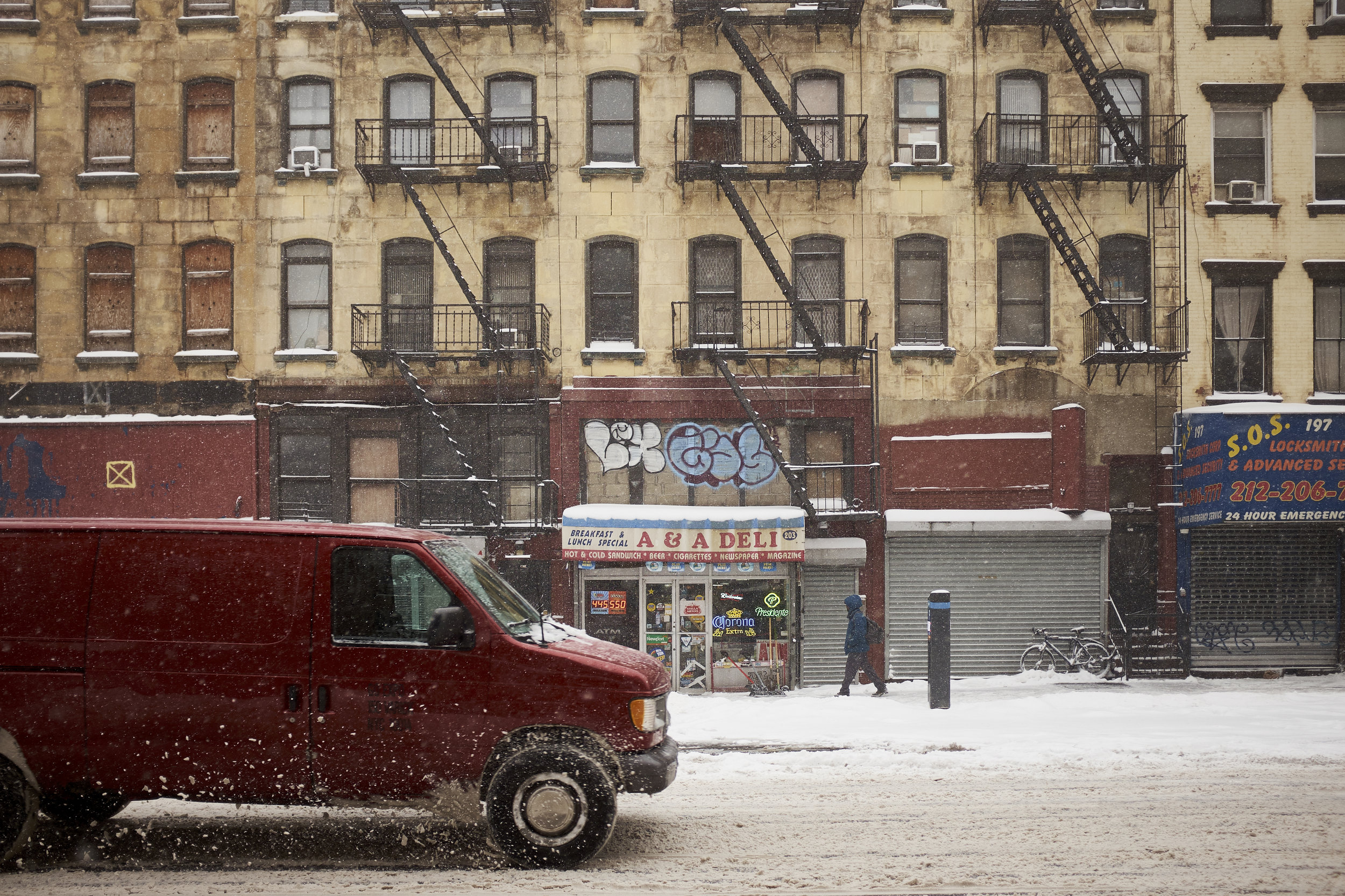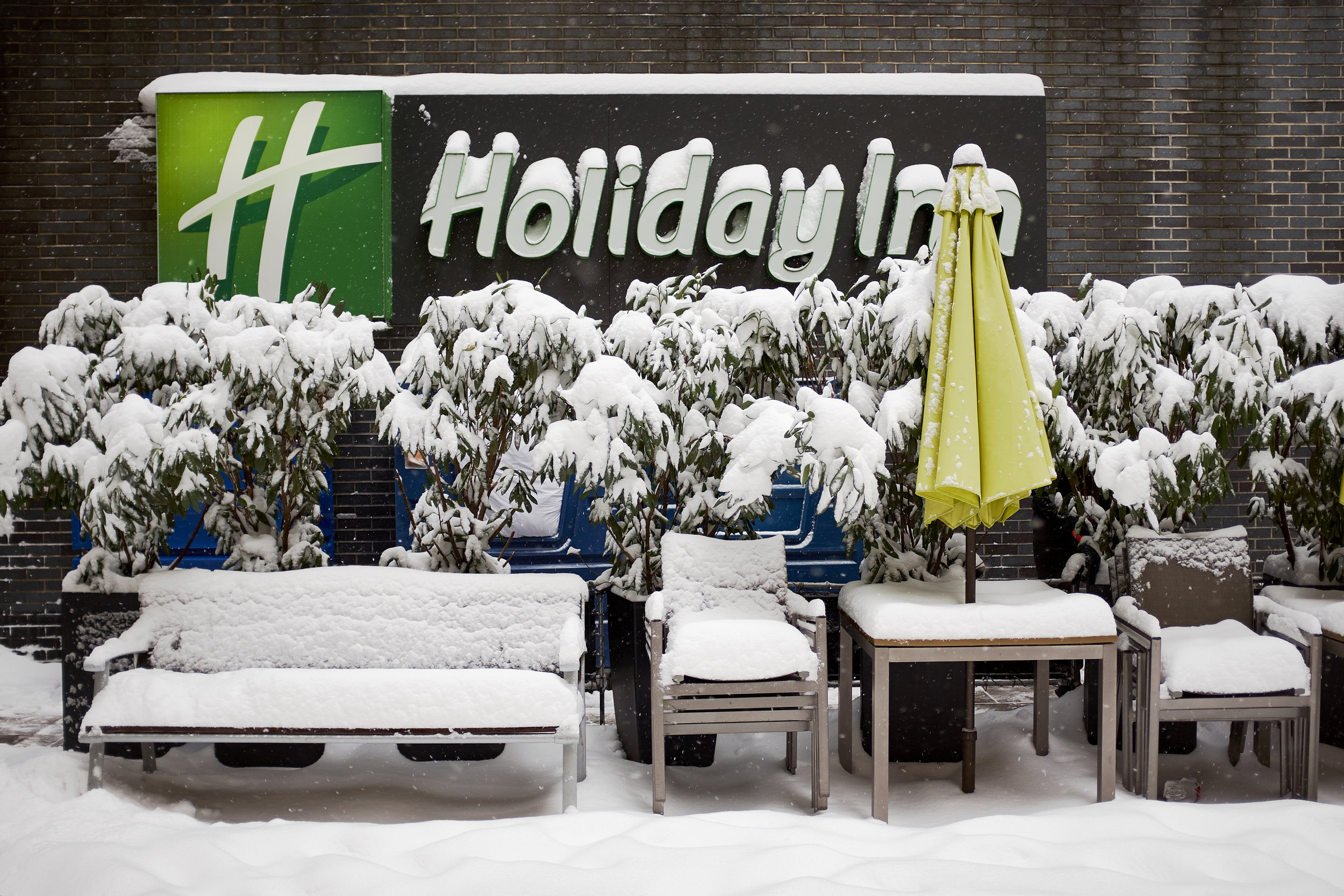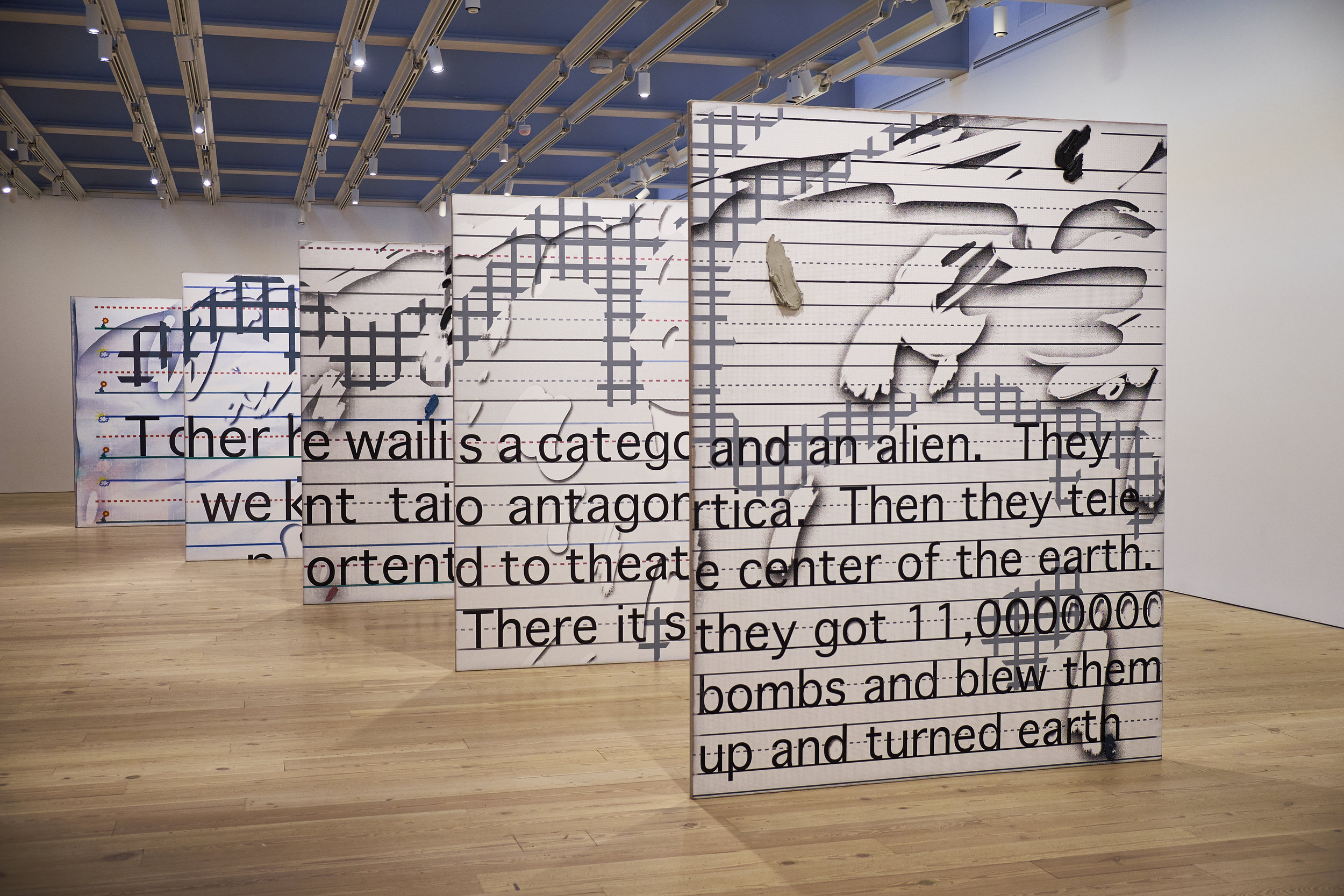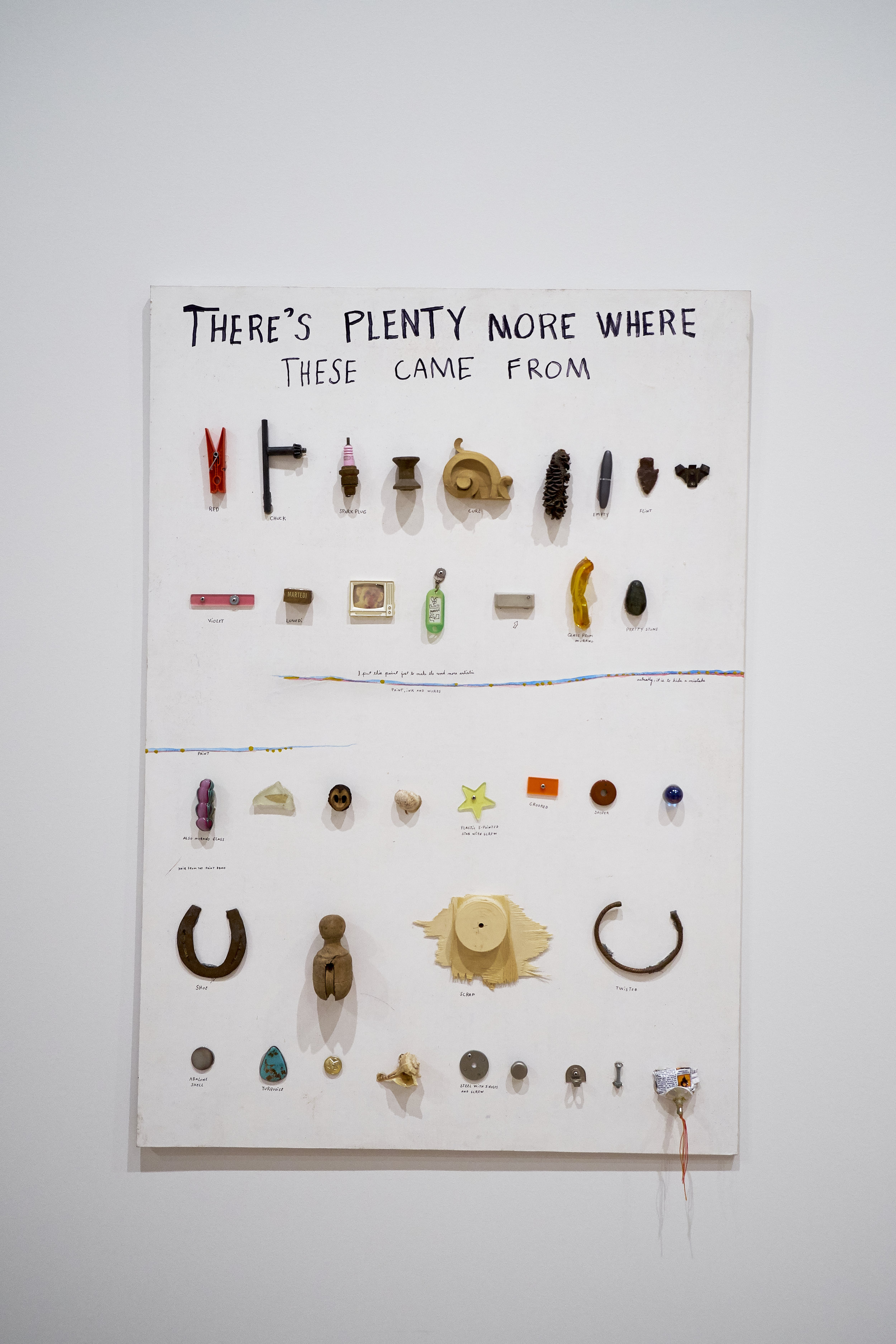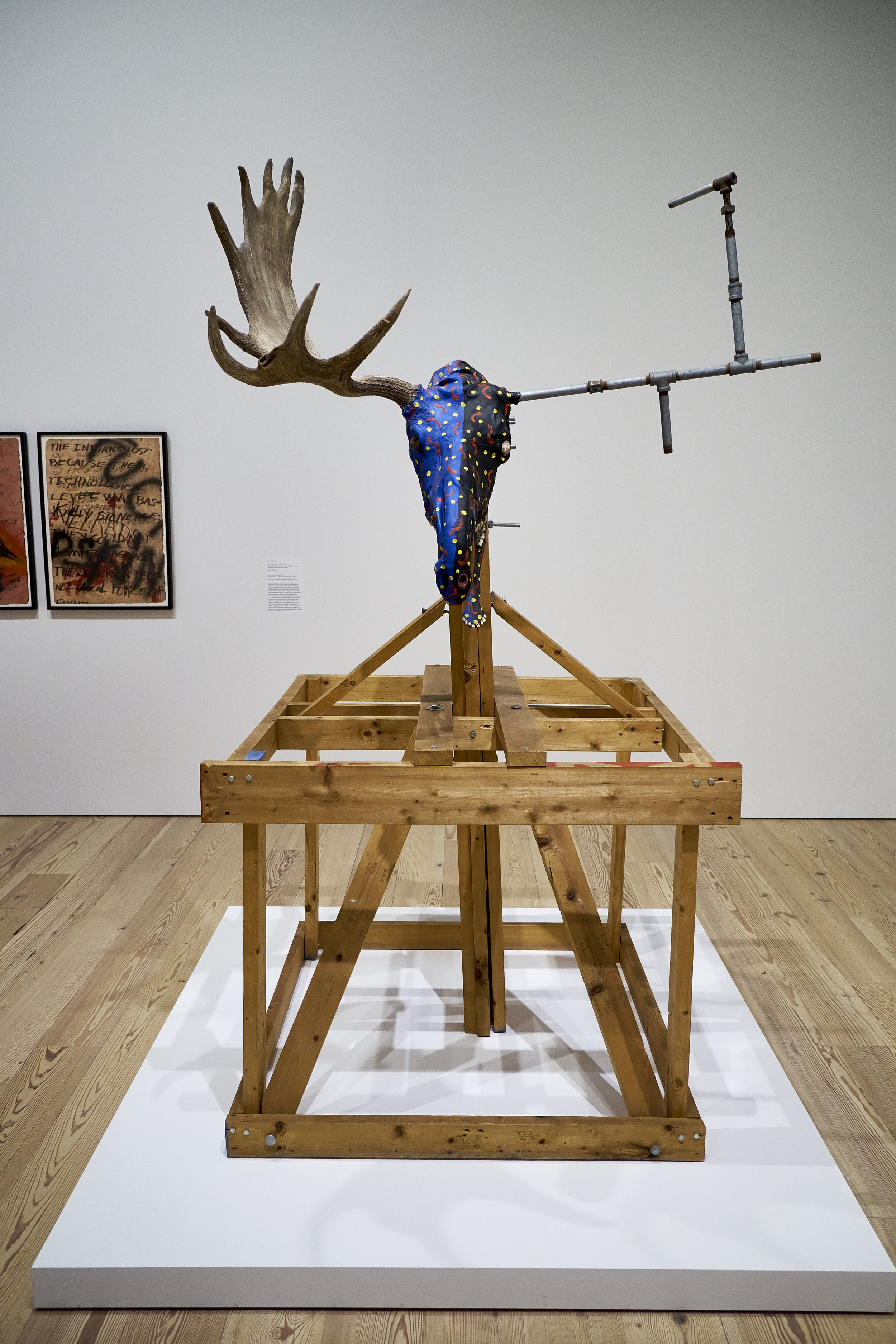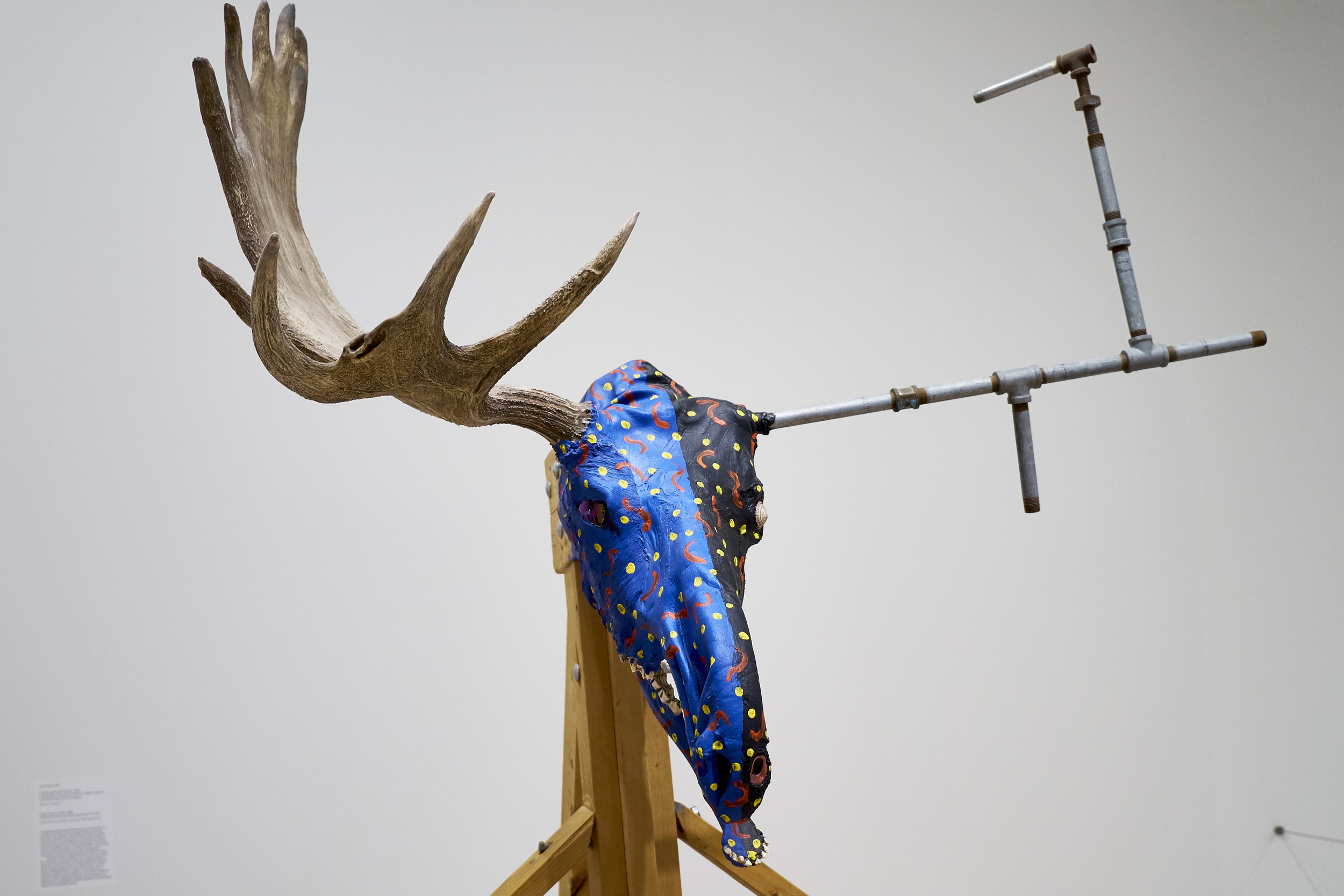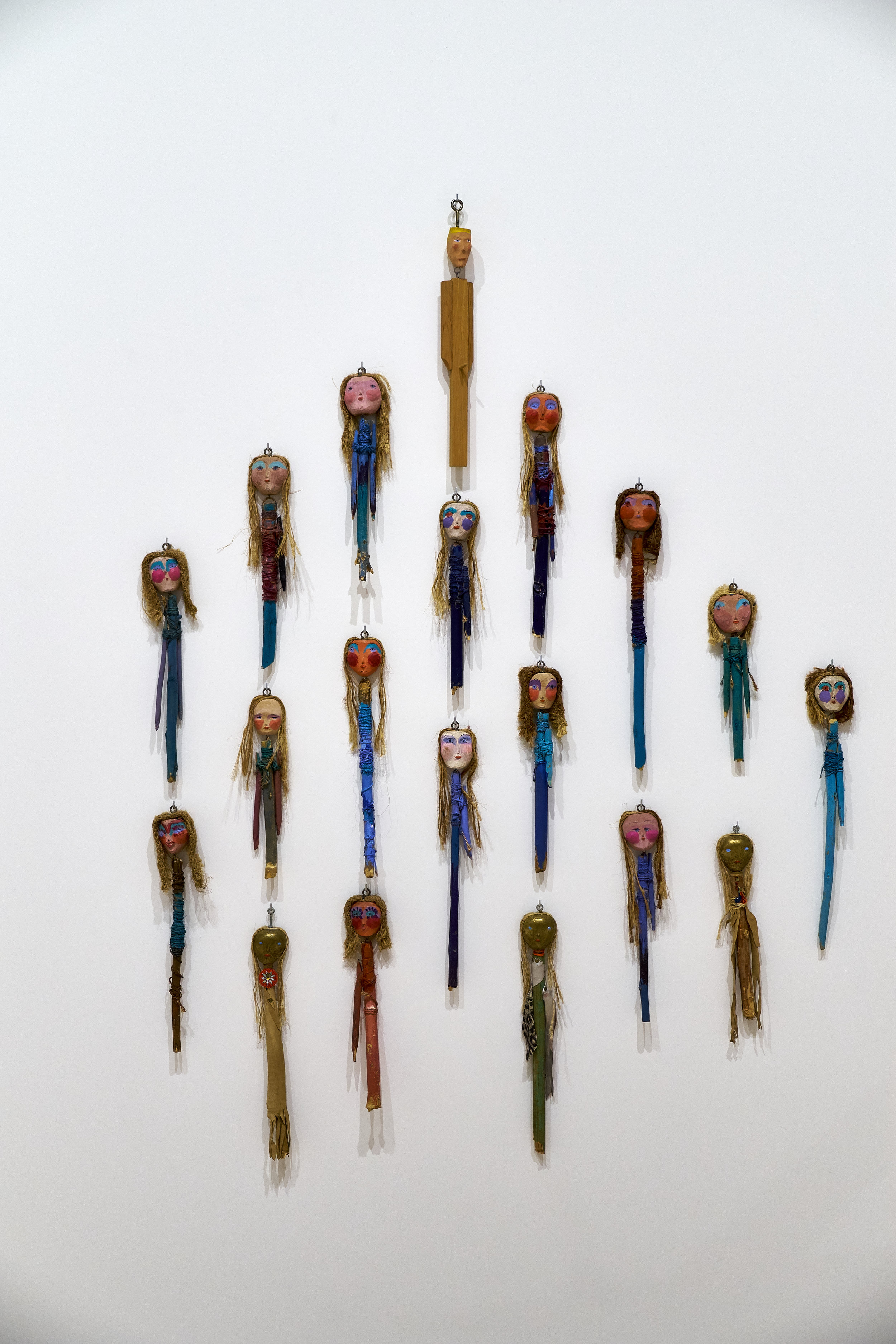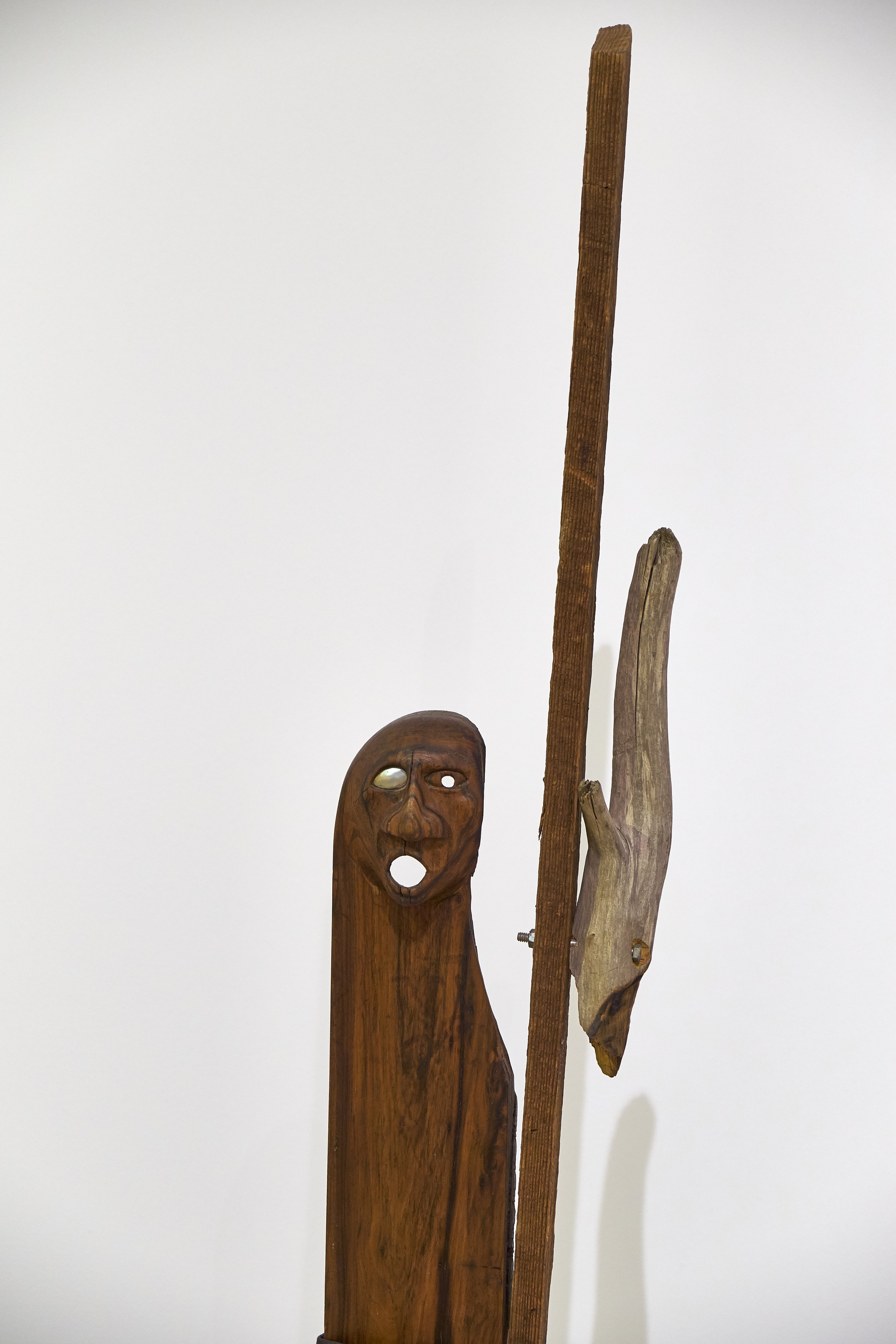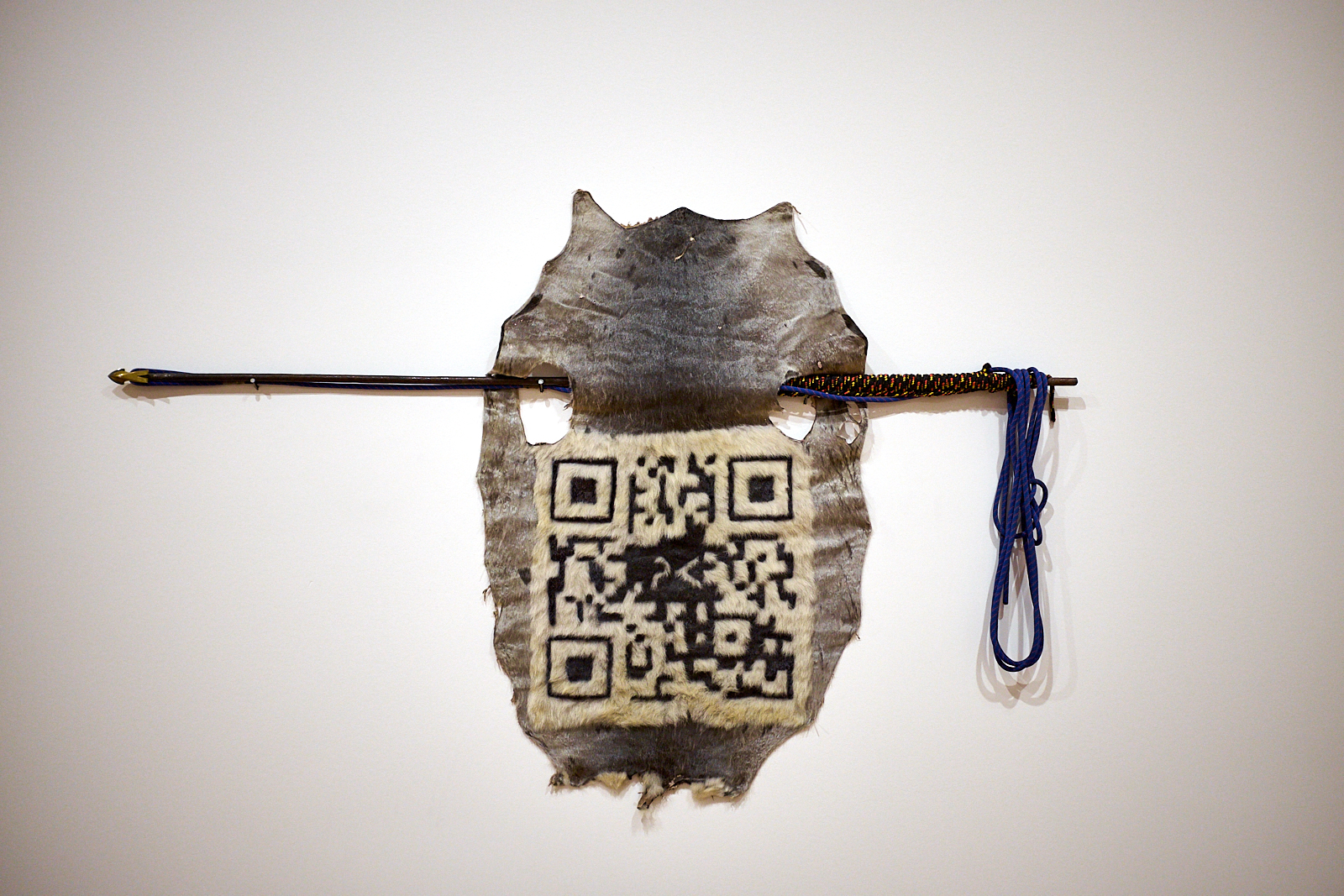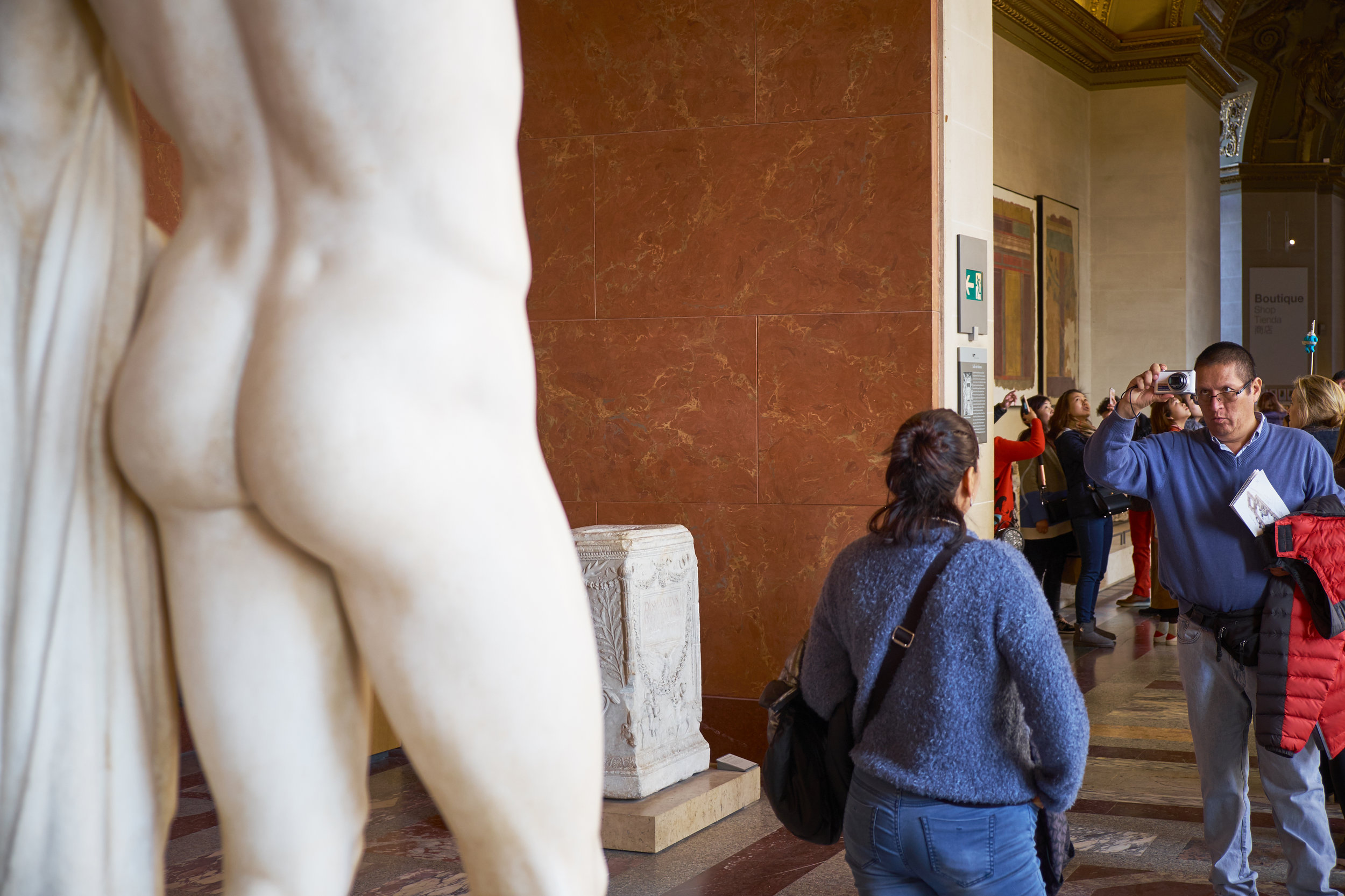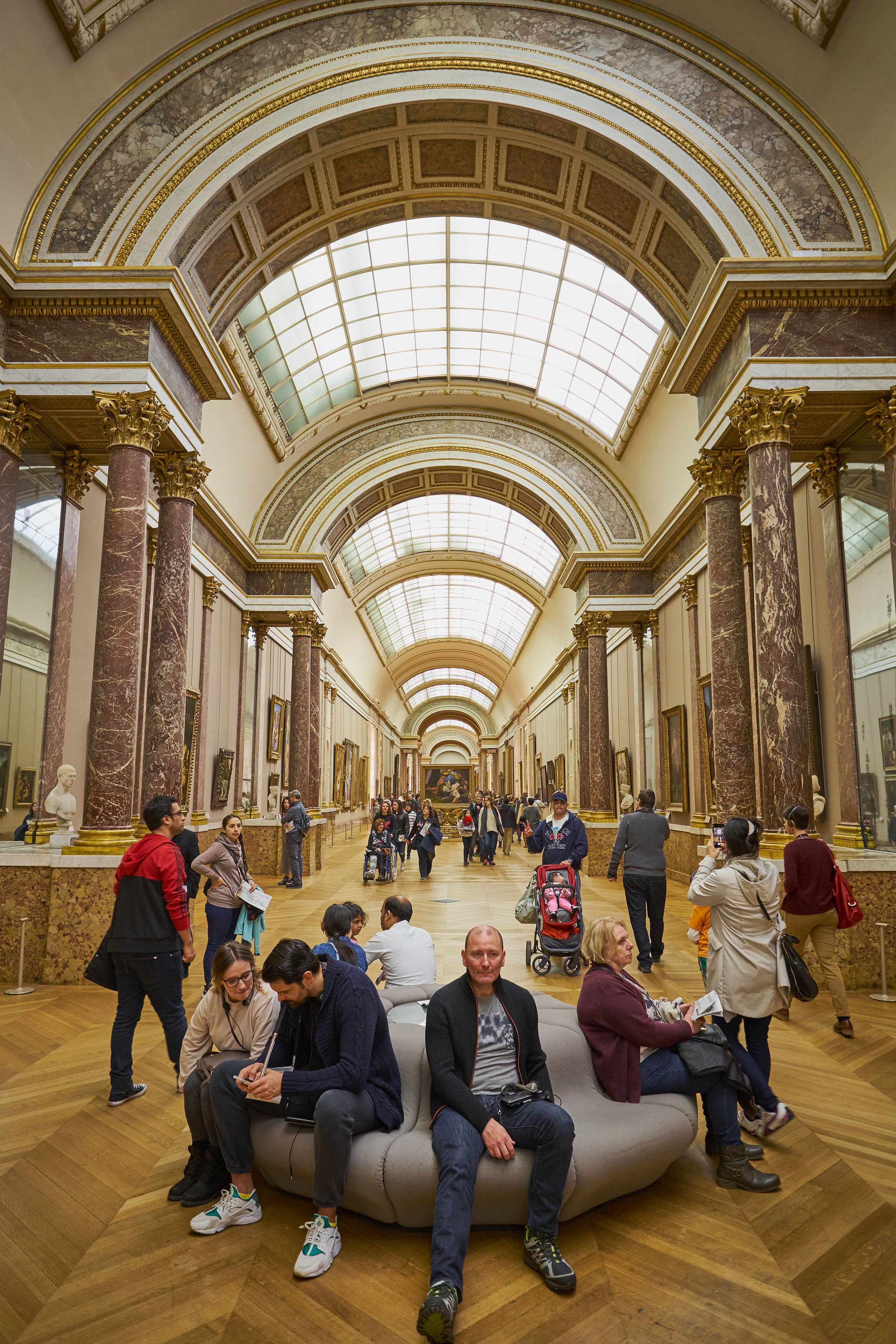One of the advantages of living in Canada’s National Capital Region is proximity to the National Gallery of Canada. I had the chance to visit the Gallery yesterday to see the 2017 Canadian Biennial, an exhibit showcasing new additions to the permanent collection. According to the Gallery website,
“The fourth edition of the Canadian Biennial brings together a comprehensive selection of works acquired since 2014 by the Gallery’s departments of Contemporary Art, Indigenous Art, and the Canadian Photography Institute, and is the first to date to feature artists working both in Canada and internationally. The exhibition reveals the dynamic ways in which artists engage with the increasingly globalized world of contemporary art through a wide range of media including painting, sculpture, photography, drawing, printmaking, video and installation-based practices. Migration, the impact and interpretation of history and belief systems on contemporary art and culture, stereotypes of identity and nationhood, and the emancipatory potential of the imagination and creativity, are some of the themes and subjects addressed in the Biennial that reflects the Gallery’s pursuits in building an outstanding and pertinent collection of art today.”
The exhibit, then, is broad in scope and resists the kind of thematic treatment that is possible when the works of a single artist or school is displayed. Nevertheless, some common elements could be seen at work across many of the pieces: issues of identity (national, ethnic, sexual, socio-economic), the place of technology in society, and the place of ‘place.’ And, except for some of the examples of ‘straight’ photography, the pieces frequently show a large amount of crossover between media and artistic disciplines.
I’m planning to see some of these pieces again so that I can spend more time with them. I find the exhibit stimulating and many of the works freeing in the way that they encourage experimentation and expression.



